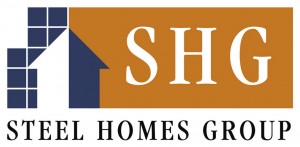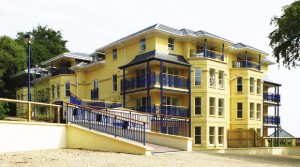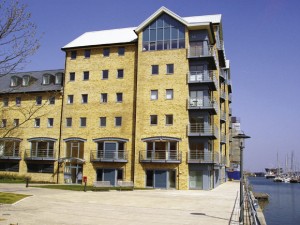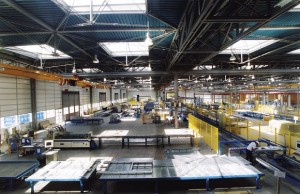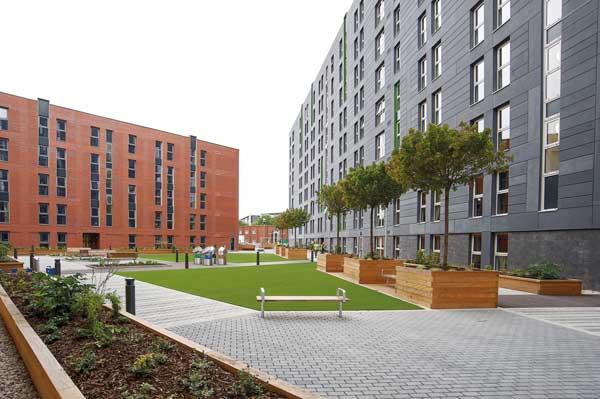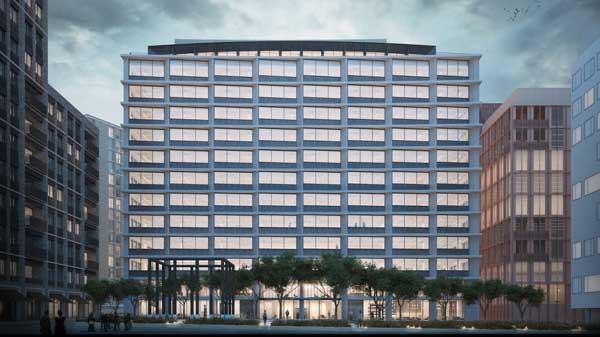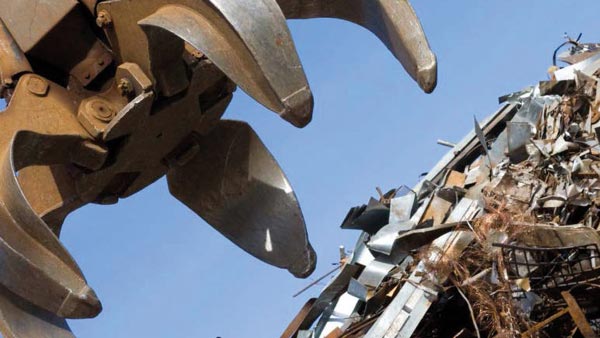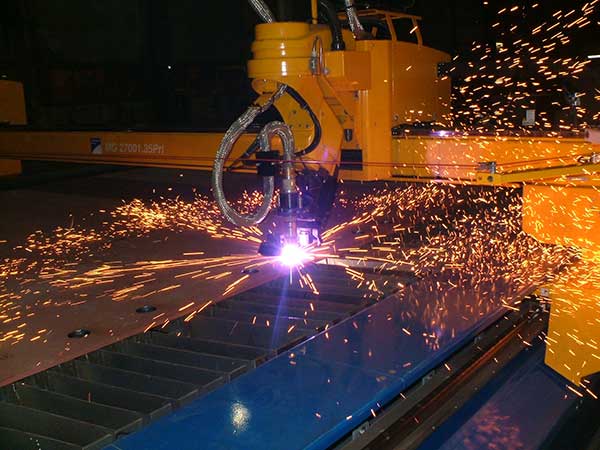Projects and Features
Market warms to steel homes
Steel can make a huge contribution towards providing quality housing for sustainable communities, but first the out of date image problems of system-build need to be overcome. The newly formed Steel Homes Group aims to be up to the task, as SCI’s Graham Raven explains.
The Challenge
The Government is committed to increasing the volume of quality housing available, especially for key workers, and stimulating the use of Modern Methods of Construction as a significant part of its policy for the development of sustainable communities. The Barker Report, produced for the Treasury, identified the need for between 70,000 and 120,000 homes annually in addition to current output of 150,000 units in order to overcome the current shortages and help stabilise prices.
Government is strongly encouraging industry to achieve a step change in the way that housing is provided in this country. The drivers are both to meet this additional demand and to improve the quality and value of our housing stock. It is clear that increased use of automated off-site manufacture and assembly have a major role to play in the expected step change.
The steel construction sector has demonstrated over the years its ability to rise to a variety of challenges to improve both the speed and quality of delivery of construction needs in commercial and industrial buildings. It is responding to the opportunities in the residential sector with equal enthusiasm. At the suggestions of key system suppliers the Steel Construction Institute has instigated the Steel Homes Group (SHG) to help ensure the opportunities are maximised and the necessary standards are upheld. Unfortunately there are memories of problems with earlier system build solutions to be overcome.
A Difficult History
Along with the US, France and Germany, the UK developed several steel framed housing systems after both the World Wars. While they were successful at alleviating short-term housing need, most of them suffered from significant design faults. The ungalvanised steel frames were generally exposed to temperature fluctuation and therefore prone to condensation and corrosion. Insulation was either non-existent or inadequate if present, typically only 1” or 2” of mineral wool. External cladding systems were frequently flimsy; they included painted steel panels and render on expanded metal mesh. There was no separate vapour barrier and significant water ingress on exposed sites occurred. No attention was paid to acoustic performance.
Despite all these faults, a range of surveys by the Building Research Establishment identified relatively few homes with serious deterioration. However, the houses were architecturally unattractive and were not popular with either occupiers or funding agencies. They created a significant psychological barrier which has to be overcome if the current opportunities for the sector are to be fully realised and long term product quality is to be assured.
Robust Technology
In the late 1980s, British Steel (now Corus) under-took a major initiative to develop the effective use of light gauge, galvanised steel sections in modern construction. Its target markets were broad and included residential construction. In consultation with leading industry figures, a comprehensive programme of testing work was conducted in its laboratories with underpinning research and design development at the Steel Construction Institute and associated universities.
Potential corrosion issues were resolved by rigorously adopting ‘warm frame’ principles with all the steel elements being contained within the insulation envelope, and elimination of any potential cold bridges. Galvanised steel is now more or less universally employed. Technical development also addressed overall building stability, holding down systems, connection methods, elemental and system design methods, modern cladding systems and acoustic attenuation. A series of SCI publications through the 1990s made this information available to the sector and this guidance now forms the basis for today’s systems.
Because of its pre-competitive nature, the programme of work was substantially supported by the Construction Support Unit of the then Department of the Environment and the benefits of the development programme are now apparent in the emerging success of steel framing in residential solutions.
Demonstration Projects
Two demonstration projects were significant in the launch of this technology. An outstanding low energy house with a steel frame was constructed for the Ebbw Vale Garden Park in 1992.
In 1994, the SCI attracted major funding from the European Coal and Steel Community to carry out demonstration projects in France, Germany, Sweden and the United Kingdom. The UK project was a multi-purpose residential block of apartments and a semi-detached house. It was constructed at Oxford Brookes University in 1997 and encapsulated the value of the previous six years development. It was instrumented and has provided valuable performance data in use.
Subsequently other pioneering pilot projects have been undertaken by a range of industry players for several leading clients, notably the Peabody Trust.
Current Position
Despite the technical development programmes the uptake of steel framing in residential construction has been somewhat slow until the last couple of years. The market is now receptive to the benefits of offsite production of quality units and there has been a rapid upturn in growth rates over the past two years.
It is estimated that approximately 40,000 accommodation units will have been constructed in 2004 with steel framed structures. This number is the total for the wider residential market that includes student, key-worker and military accommodation.
This total includes some 10,000 units of domestic accommodation in high rise apartment blocks. This related application of steel uses the hot rolled frame and the composite floor technologies that have been so successfully developed for the multi-storey office market.
These are combined with the use of light steel for infill walling to achieve an integrated steel solution.
The Steel Homes Group
As mentioned earlier, this group has been formed under the auspices of the Steel Construction Institute to provide a focus for the development of the rapidly growing market for steel framed housing. Mindful of the requirements of the market place the objectives are:
- To provide a professional and authoritative voice for the steel homes industry
- To ensure high standards of construction are designed and delivered
- To advance the use of steel products and systems in residential construction
The growing membership includes: Advance Housing/Terrapin, Banro Projects, Corus Living Solutions, Corus Strip Products UK, Fusion Building Systems (UK), Kingspan Off-Site, Metek Building Systems, Metsec plc, Spaceover, Yorkon and UNITE Modular Solutions.
The Future
This emerging industry has a substantial platform of knowledge, product development and a growing market demand on which to build. It is aware of the needs to satisfy the customer demand for variety, quality, longevity and efficient delivery. Examples of the variety of buildings being delivered are shown in these photos.
There is now confidence in the manufacturing companies to invest in the levels of plant with high degrees of automation and flexible output and it is estimated that plant representing some £50m investment will be operational within the next year.
It is the depth of development not just in structural solutions but in total systems to meet the requirements of increasingly demanding Building Regulations together with the levels of investment in manufacturing and assembly solutions that are now capable of making the step changes demanded by the political imperatives of today’s society.
Hard work and an innovative outlook are again features of the steel construction sector that is part of another success story.








